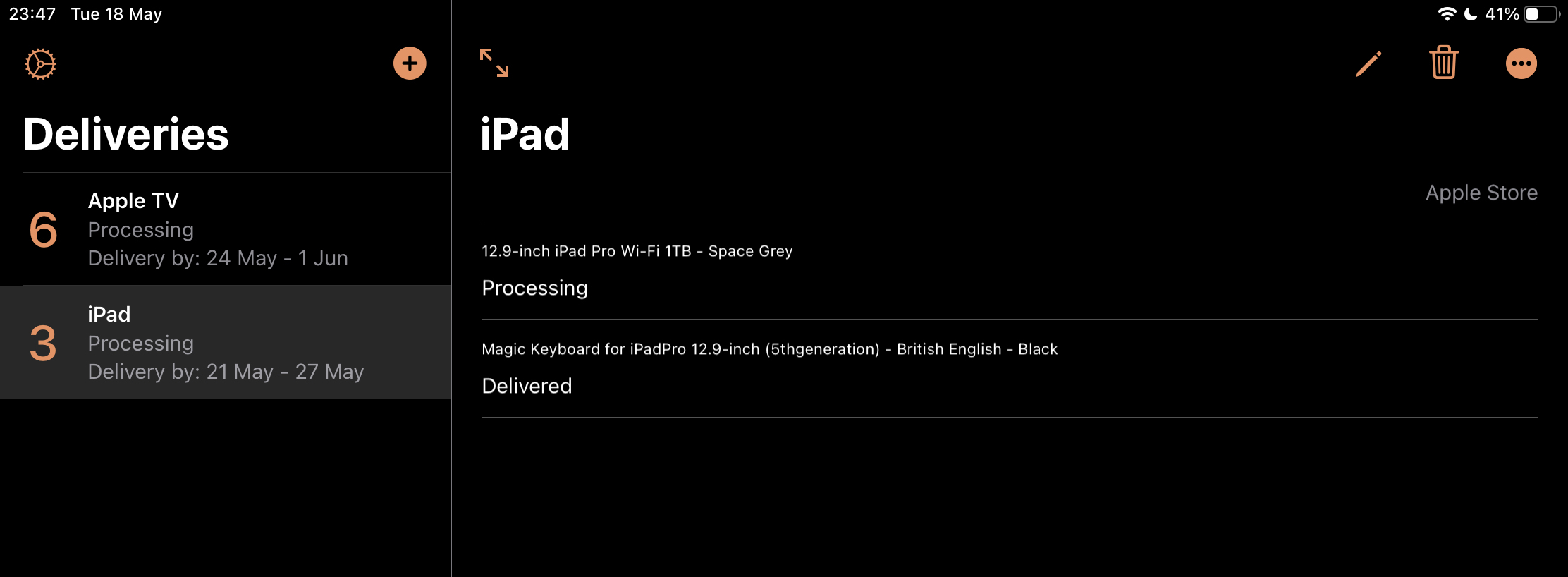So-Called Imperfections
Something that has intrigued me for most of my life is how people react to what is perceived to some as imperfections. I have multiple reasons why I think it's an odd situation, but mainly as these differences are usually so benign and minuscule. Nevertheless, they can cause huge amounts of discrimination and even anxiety.
The entertainment we watch often includes aliens from other worlds and other strange creatures, sometimes human-like. We accept the blue skin of the Na'vi in Avatar, the various creatures in Doctor Who, and even a talking Racoon in the MCU. But this level of acceptance doesn't always exist in the real world.
For example, I have freckles over most of my body. I've never found this to be a bad thing myself, and I think it's actually pretty cool that I have effectively patterned skin. But I do know that some people will wear makeup to try and hide them. Not even because they don't like the look of them, but sometimes it's the pressure of society and the opinions of peers that persuade people to not "be weird". And when you're young, being weird usually just means not copying everyone else.
Weirdly, a common thing nowadays is to draw on freckles as if it's a fashion statement. But that's a whole other thing.
So while having freckles isn't a massive deal, as in it doesn't tend to incite violence in people. However, it's an example of something that sets people apart, and while obviously minor, it's another thing that our society can pressure people into trying to hide.
There are many more of these perceived imperfections, and they come in all shapes and sizes. There's having a beauty spot, different skin colour, hair colour, hair type, an accent, foreign language. The list goes on.
We seem to be very judgemental creatures, and maybe that's our tribalism coming out, or it's a byproduct of the fight or flight response where we need to judge and react quickly. But I'm not sure if I can totally believe that in 2021, they're more likely to be handy excuses.
It's incredible to think of the number of species on our planet and how we seem to accept their existence relatively well, but members of our own species can be seen as enemies because of their physical characteristics.
What's worse is that I think our current society, mixed with the media and so-called "influencers", make the problem of discrimination much worse. Because I think nowadays we've all been conditioned to expect judgment. So we don't write what we believe on the internet, put filters over our faces, and change our fashion to suit what's popular. And when we mask even the slightest of differences, we're telling ourselves that whatever difference that was, it's not normal. And I think it's this perception of "normal" that causes most of the problems.
If you really think about it, normal doesn't exist. Instead, we are all simply humans with our peculiarities, interests, perspectives, and priorities.
A common thing I see on social media are people asking for certain behaviours or characteristics to be "normalised". But again, I think this stems from the concept of normality. And how we can only truly be ourselves if we can do that within the confines of society's current definition of what normal is.
I personally think that the only thing that needs to be normalised is the fact that we all have the ability to be wildly different to one another in nearly all aspects. And while our differences can sometimes be interesting, we need to remember that it's not up to any one of us to be the bearer of acceptance for others. Nor should we require the approval of others for our own lives.
Depending on the community you live in, the people you interact with, and society at any point in time, it may be harder to be yourself. And that's something that I hope changes in the future. Not by everyone having an encyclopedia of the differences between us, and then actively accept others. Instead, people being accepting by default. Because we realise that whatever our physical characteristics, quirks, priorities, or beliefs that we have, aren't necessarily the standard that everyone else should be held to.
Sorry if this is seems like a bit of a rant, or too negative. It's just something I've been thinking about for a long time, wanted to get off my chest, and to see if it was anything that resonated with people.













